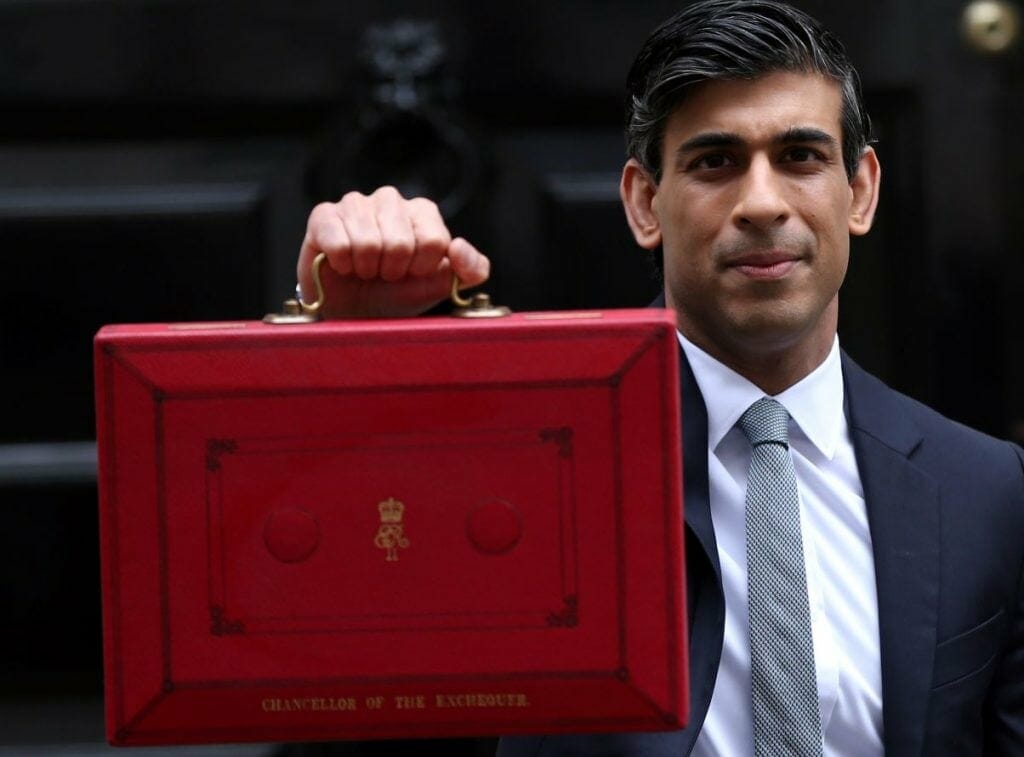
Chancellor Rishi Sunak announced in his March Budget that the lifetime allowance (LTA), which governs how much can be saved in a pension before tax charges apply, would remain at its current level of £1.073m until 2025/26.
This was a reversal of policy introduced three years ago where the LTA was due to increase in line with inflation.
New HMRC statistics show that the LTA continues to bring in revenues for HM Treasury.
However, due to the increasing pressure on the Treasury to raise revenue due to the unprecedented levels of debt the UK has accumulated because of the global pandemic, there are rumoured cuts at the next Budget which could be a cause for concern for those retiring in the future.
The LTA started life at £1.5 million in 2006/07 and peaked at £1.8 million in 2010/11.
Since then, it has been cut three times and regularly frozen. Had the LTA merely been increased in line with the Consumer Price Index (CPI) since 2006, it would by now be close to £2.1 million – nearly double its current level.

The reason why the LTA has been steadily devalued is to some extent explained by the graph above, which is based on revised and updated data recently issued by HMRC.
It shows that in 2018/19 more than 7,000 LTA charges on pension scheme members were reported, with total tax payments of £283 million – an average of almost £40,000 per head.
The LTA benefits the Treasury in another, more subtle way. It presents a stark disincentive to make pension contributions for anyone with retirement funds that could reach – or have already reached – the LTA.
This is especially true if you have any of the various LTA transitional protections that have been introduced over the years. The rules for some types of protection are such that any fresh contribution revokes the protection.
For example, if you have Fixed Protection 2012, £1 of pension contribution would mean you lose a protected LTA of £1.8 million, potentially leading to a six-figure tax bill when benefits are drawn.
However, the legislative protections, some of which date back to 2006, are now all the more valuable as they provide protection in some cases much greater than the current LTA.
In practice, it may not be possible to avoid an LTA charge.
Some employers will not offer a salary alternative to a pension contribution and in those circumstances suffering the maximum 55 per cent LTA charge might be better than foregoing 100 per cent.
Higher than projected investment performance can also see your pension pot grow above the lifetime allowance causing you to pay an LTA charge.
As discussed there have been renewed rumours that the Chancellor will cut the LTA in the next Budget, with threshold figures between £800,000 and £900,000 as popular guesstimates.
If that or any other aspect of the LTA concerns you, it is important to seek professional advice on your options before taking action.
The LTA is only one of many tax traps surrounding pensions.
Any changes to pension rules aren’t likely to be announced until the Autumn Budget.
It’s not certain what changes will take place, or if there will be any changes at all. But you can prepare your retirement savings, so you’re not faced with any surprises.
If you think you might need to consider how you may be impacted by the Lifetime Allowance, either based on current benefits or when you retire, you could benefit from personalised financial advice.
We can provide a full review of your pension arrangements, with our compliments in the first instance, to help you to understand your position with regards to your current pension arrangements and whether this is an area you need to consider.

Contact Paul on 01768 222030.


































